After reviewing the first half of the Maple Leafs’ 2023 UFA class a few days ago, we’ve left a few of the biggest names for last.
In case you missed it, here is my first piece on pending UFAs Justin Holl, Luke Schenn, Noel Acciari, Zach Aston-Reese, and Erik Gustafsson.
Michael Bunting
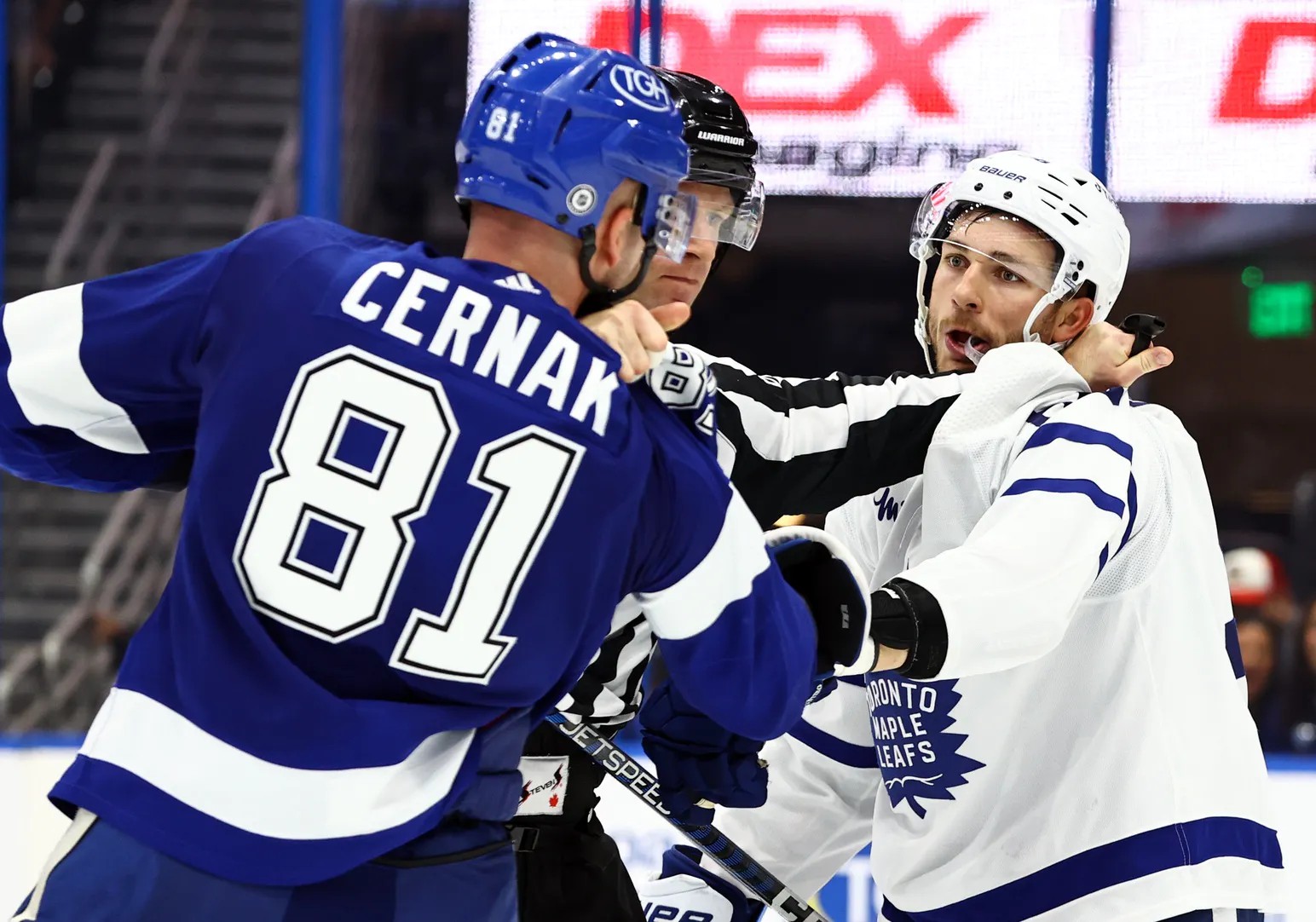
Outside of Ryan O’Reilly, the other big-name forward UFA that the Leafs have on the roster is Michael Bunting. #58’s story in Toronto is well known, a two-year tenure that saw Bunting come slow out of the gate in the fall of 2021 before being elevated to the top line with Mitch Marner and Auston Matthews, which was then followed by his meteoric rise the remainder of the season. Bunting’s 63-point season in 2021-22 led him to finish third for the Calder Trophy in a much-discussed candidacy due to Bunting’s advanced age for the award. His second year with the Leafs was far less successful even though he still scored 49 points. Near the midway point of the season, Bunting was on pace for another big year with similar counting stats, but his production and level of play sagged dramatically in calendar 2023.
League-wide discourse over Bunting’s tactics to draw calls from officials seemed to result in a refereeing backlash and suddenly Bunting could be crosschecked 17 times without a whistle. This seemed to frustrate Bunting, throwing his offensive game out of rhythm, and his anger spiraled into more and more minor penalties. His PIM total crossed the 100 mark for the first time and he scored just 20 points in 44 games to close the season along with 57 PIM. He then went into Game 1 against Tampa and delivered an elbow to the head of Erik Cernak leading to a three-game suspension from the NHL.
It wasn’t until Game 6 of the series that Bunting found himself in the lineup again, and over the remaining six playoff games he played, he scored two points. In total, from January 5th onwards combining regular season and playoffs, Bunting scored 11 goals and 11 assists for 22 points in 51 games. Decent production, but the points-per-game clip of 0.43 is far below the 0.79 clip that he posted through the first 117 regular season games in Toronto.
Bunting heads to free agency turning 28 in the fall. He has made very little money in his NHL career due to significant time spent in the minor leagues and only earning $1.9M in total over the past two seasons. Bunting will likely be looking for a big-time payday (the Daily Faceoff projection is 5x$5.25M!). While the Leafs have room to add a significant contract for Bunting this offseason, the question is whether it’s worth it. Midway through this past season, I’d have leaned yes, but at this point in time, I lean more strongly toward letting Bunting walk.
He’s a solid NHL player — a legitimate 20-goal scorer — but so much of the mojo that defined Bunting’s game seemed to vanish the moment referees stopped responding to his shenanigans. The confidence left Bunting and the rest of his game floundered, culminating in the playoff suspension. Bunting looked better in the postseason after returning, but his play was best described as inconsistent across the entirety of calendar 2023.
Bunting adds very little defensively, and as we’ve seen over his time in Toronto, he can only thrive when hitched to superstar talents. Bunting did not work in the bottom six to start his time in Toronto, and it didn’t work this season when Keefe pushed him down the lineup. He’s a complementary player, and a good one at that — one who, when he’s on his game, makes elite players better. That’s a valuable skillset, but it also has its limits, and Bunting was not on his game nearly enough in the second half of the season to make me feel great about the prospect of tossing something in the neighbourhood of $25M to him, especially when over half of a projected five-year deal would be years where Bunting is in his 30s. He is not as far along the age curve as O’Reilly, but it’s definitely one to be cautious with.
The best course of action with Bunting is probably to thank him for his service but let him go. Between the injury he suffered late in 2021-22 and the suspension in 2022-23, Bunting’s two postseasons have been disappointing (two goals and five points in 13 games), so it’s not like you can argue the Maple Leafs must bring Bunting back because he’s crucial to playoff success. He’s been mostly absent from the playoff recipe, in fact.
Michael Bunting is a solid player who would be missed, but choosing to move on is probably the best course of action for the club’s long-term future.
David Kämpf
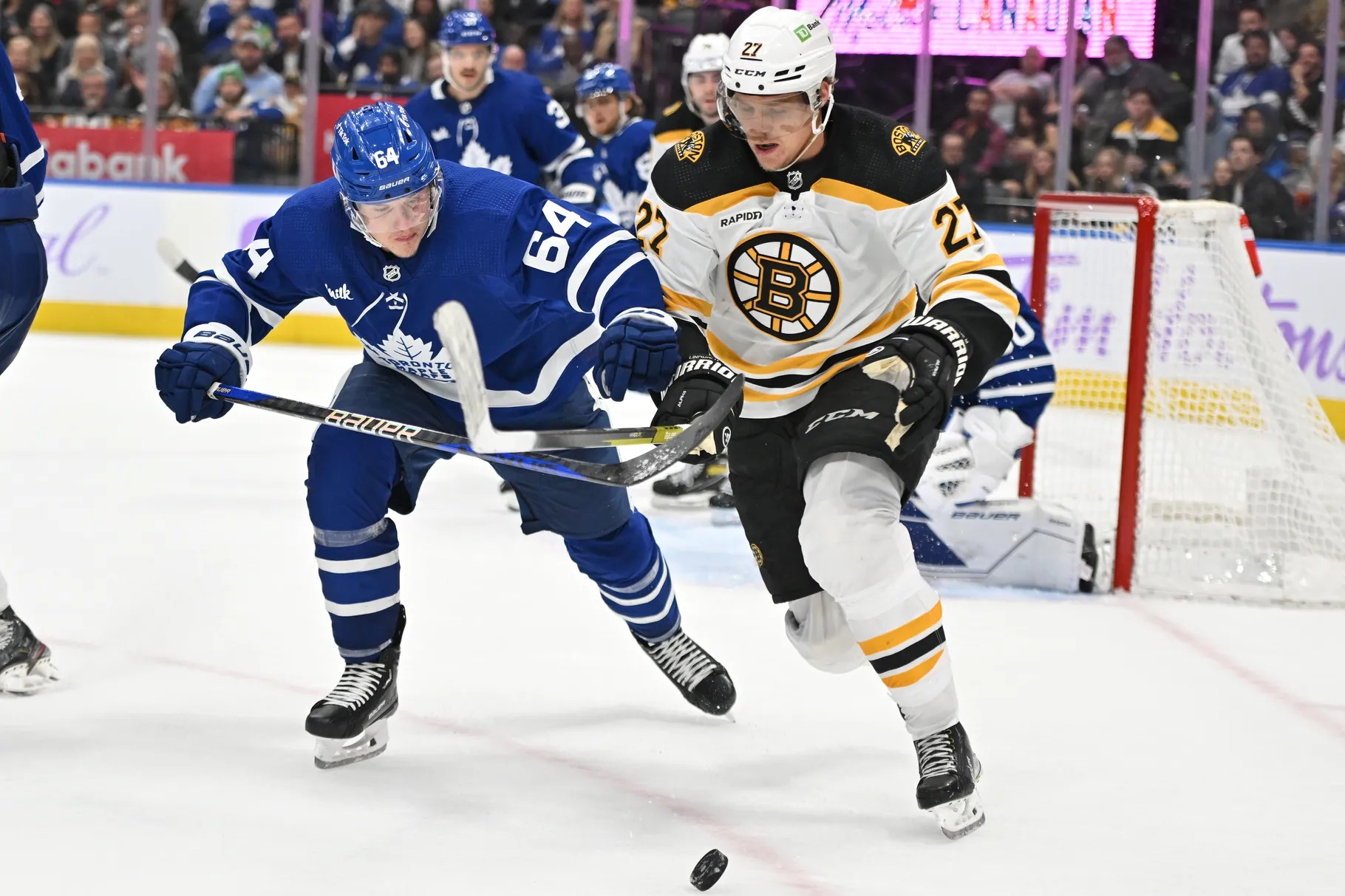
Kämpf has been a fixture of the Leafs‘ lineup for the past two seasons after signing as a UFA from Chicago in the summer of 2021. Kämpf came to the Leafs as an all-defense, zero-offense centerman, and that didn’t change much during his time in Toronto, although he did make some strides offensively.
Partially his own doing and partially the result of a more talented team around him, Kämpf scored career highs in points in both seasons with 26 in 2021-22 before topping it with 27 in 2022-23. He touched double-digit goals for the only time in his career with 11 in 2022 and will always be remembered for two breakaway goals scored on Andrei Vasilevskiy early in the 2022 series against the Lightning.
Of course, Kämpf still hangs his hat on his defensive play with a 98th percentile finish in Evolving Hockey’s defensive player card category during the 2021-22 season. His defensive metrics declined some in 2022-23 but still graded out well, and Kämpf logged immense penalty kill time in both seasons in Toronto, typically on the top forward tandem with Mitch Marner as his winger.
Kämpf was a trusted player for Sheldon Keefe, who I would argue used him too much (although the roster Kyle Dubas built was designed that way), using the Czech center as a (in my view) miscast 3C. Kämpf logged over 15 minutes per game in both regular seasons with the Leafs and played 17:27 in the 2022 series against the Lightning(!!). After the Leafs acquired Ryan O’Reilly and chose to spread out their three centers for chunks of this past playoffs, Kämpf’s ice time declined to 14:06, but he still was a decent bit higher than that of a typical fourth center.
This leads us to the discussion of his contract projection. The Maple Leafs have been paying him $1.5M against the cap, but the expectation is that Kämpf will want a raise. For me, it’s all about price-point and the implied role. The Daily Faceoff projection of 2x$1.8M is totally fine with me because it implies that Kämpf would be a fourth-line center, although I may be inclined to want a different 4C at the price simply because I would personally like to see the Leafs add more scoring and shift away from the all-D/no-O bottom six types Dubas courted.
Kämpf will be an effective player at the price and term, no question about it. I’d be comfortable rubber-stamping that deal in the abstract. But how about the rumors published in The Athletic that Kämpf is looking for something closer to $3M per season? In that case, I would gladly stay away.
I see Kämpf as a fourth liner, especially given the drop in his impacts after the trade of Pierre Engvall, who Kämpf relied on as a puck-transporter when they played together. Kämpf has improved offensively, but that’s an improvement from being a near-league-worst offensive forward to merely poor. Improvement yes, but still a poor offensive player overall, and for that reason, I never liked the idea of Kämpf as a 3C who takes almost exclusively defensive-zone starts.
I have time for Kämpf as a 4C who makes his paycheck on the PK, but if someone wants to pay him $3M, that’s encroaching on 3C money for me and I would look elsewhere for a player better fit for that role. At age 28, Kämpf is looking at a two or so year deal, so term is not a concern; it’s merely about role and price. Anything below $2M I have time for, but anything above, say, $2.3 M, and I would recommend spending that cap space on a 3C with a better two-way game.
Alex Kerfoot
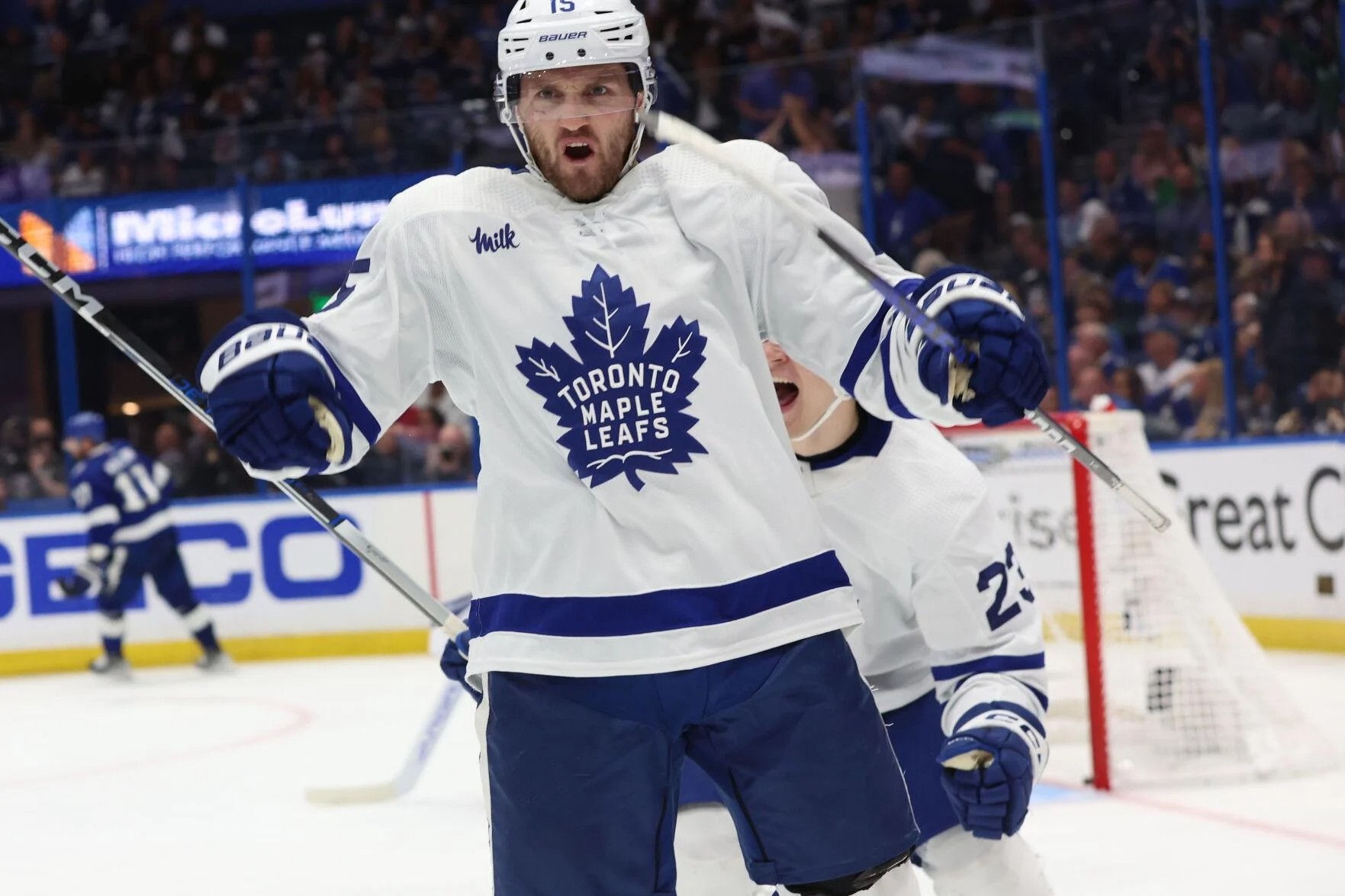
A lightning rod in the market since he came to Toronto in the Nazem Kadri folly with Colorado, Alex Kerfoot is now a UFA and almost everyone in the fanbase is ready to move on. Are they correct in their desire to walk away from #15?
Kerfoot is a player beloved by both his teammates and by coaching/management. Kyle Dubas’ regime opted against trading Kerfoot last summer when his value was high and space could have been cleared to sign a replacement in a different UFA class, which was a huge endorsement of Kerfoot. Sheldon Keefe’s routine elevation of Kerfoot onto the second line, often with John Tavares and William Nylander, was also a ringing endorsement of the forward. Fans, on the other hand, saw an offensively-limited player who was totally allergic to shooting the puck and had a penchant for puzzling mistakes in crucial moments.
The reality of Kerfoot, as always, is somewhere in between, but I generally lean more toward the fan angle here. Kerfoot has his value as a Swiss Army Knife sort of player who can (in theory) play anywhere from a second line to a fourth line, providing defensive value both at 5v5 and on the PK. Kerfoot was just as natural next to John Tavares as he was next to David Kämpf… which is to say he was fine in both places but not an impact player in either spot. He had his moments; 51 points in 2021-22 was a highlight, and he flashed in the playoffs a couple of times — including six points against Montreal in ’21 and then the OT winner in G4 against Tampa back in April — but they were moments, not sustained strong play.
The other reality of Kerfoot — and this was Dubas’ biggest failing with #15 — is that he is not a center. At the time he was acquired as a key cog in the return for Kadri, the hope was that Kerfoot could fill a middle-six center role. Unfortunately, he was never able to do it. Kerfoot is a winger, plain and simple. A moderately useful and versatile winger, but a winger.
While I have nothing against Kerfoot as a player, he’s an eminently replaceable forward in my view, something the team should’ve realized last summer when they had the chance to sell high when Kerfoot was coming off an unsustainably good point total and an asset could’ve been returned (+ opening up cap space). Alas, they missed their opportunity and now Kerfoot will likely (based on reports) walk for nothing.
That is still the correct call. There is no need to hang on to every replaceable forward, and again, I’d like to see a general shake-up in the bottom six with more players who can contribute offensively and ideally with more goal-scoring ability. That’s the opposite of Kerfoot, who averaged just 1.4 shots on goal per game in his career as a Maple Leaf (and he shot under 10% on those!). It’s time for a change here, in your author’s view.
Ryan O’Reilly
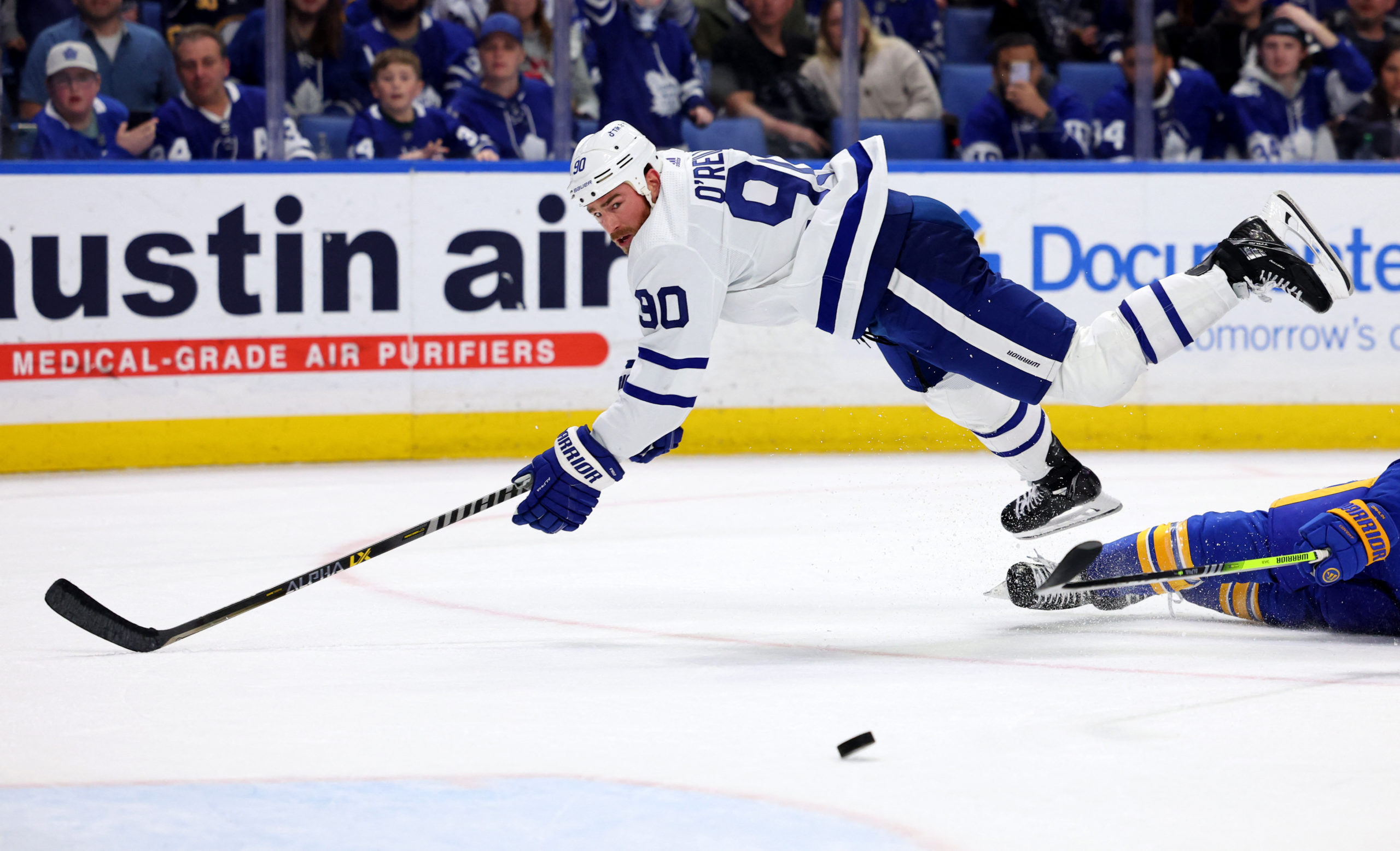
Last but certainly not least is the biggest name coming off the books for the Leafs, their marquee pickup at the trade deadline. O’Reilly performed admirably over his short stint in Toronto. He was not a massive difference maker, but he was an effective player who scored a huge playoff goal (Game 3 vs. Tampa) and helped get the team out of the first round. He brought the grit, the veteran leadership, and all the intangibles you could’ve hoped for while playing big minutes on the penalty kill and the power play. Across 24 games wearing the Maple Leaf sweater, O’Reilly scored seven goals and 13 assists for 20 points. He was the productive center that he was acquired to be.
On the other side of the coin, O’Reilly did show his age at times. His effectiveness declined to some degree as the playoffs wore along and he was not the same game-tilting player that won the Conn Smythe Trophy four years ago in St. Louis. That, which is related to his age (32), is a cause for hesitance in bringing O’Reilly back on a large contract. NHL forwards generally enter steep decline in their 30s and ROR’s performance likely was indicative of that (to some degree). O’Reilly also suffered two different injuries that caused him to miss significant time this past season, and while both were broken bones — not related to some lingering, long-term problem — health concerns do have to be on the radar.
As with any free agent, it’s a question of price and fit. There’s a fit with O’Reilly in Toronto in the sense that the team needs quality centers, but that fit is somewhat called into question when you consider one stylistic similarity between O’Reilly and John Tavares: Both players were never strong skaters to begin with and both have experienced a decline in their footspeed. Should the Leafs employ two mid-30s slower forwards who will likely only continue to get slower? It’s definitely something to ponder, especially on a Leafs team that I’d argue needs to prioritize adding speed after a clear lack of it was exposed against a great skating team like Florida.
The other question is cost. Daily Faceoff’s projections had O’Reilly slated to receive three years at $5.5M cap hit, which I would be weary of, especially when that cap hit may well be paid to much younger players like a Tyler Bertuzzi. Not that the Leafs necessarily should sign a Bertuzzi, but if you are going to give it to someone, I’d probably prefer it to be someone whose age begins with a 2 and not a 3.
If O’Reilly was willing to accept a discount of perhaps three years at somewhere around $4.5M, I would definitely be interested. He’s still a very useful player — a veteran you know will show up ready to play in the playoffs, and whose smarts, vision, and defensive abilities will always have value in this league. But the reality is that given his age, O’Reilly is more likely to perform like a third center, not a second or first center, over the life of this contract.
Thus, I’d prefer a term and cap hit associated with such production in order for O’Reilly to come back. Is it possible to get him to take a discount? I have no idea. If he wants to go back to St. Louis or cash out elsewhere, he’s earned that right. But if he wants to stay in Toronto and compete for a Cup, I’d be interested, but only on the right terms. My hunch is that the price I’m comfortable with will be too low for O’Reilly, so my assumption is he leaves, but you never know.





















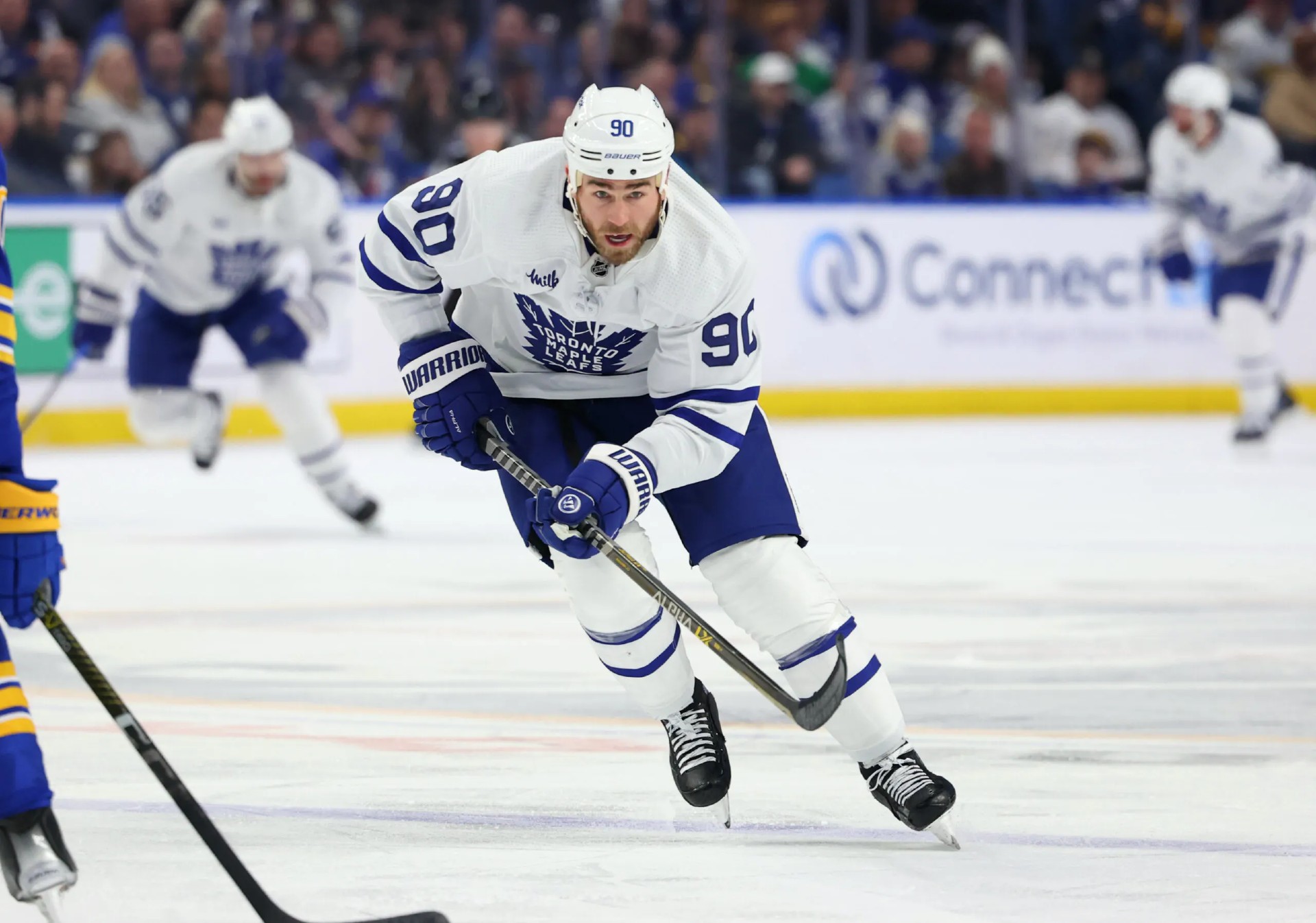








![New Leaf Anthony Stolarz on the opportunity in Toronto: “In Florida, I knew my role as a backup… Now, [Joseph Woll] and I are competing for starts… As a goalie, that’s all you can ask for” Anthony Stolarz, Stanley Cup win, now Maple Leaf](https://mapleleafshotstove.com/wp-content/uploads/2024/07/anthony-stolarz-sc-100x70.jpg)
